A lush, vibrant garden is a hallmark of a well-loved home, but the reality of maintaining one—especially through the heat of summer—can feel like a constant battle with the water hose. What if you could create a landscape brimming with texture, color, and life, all while reclaiming your time and conserving water? The secret lies in choosing the right plants. We’ve curated a list of stunningly resilient, drought-tolerant shrubs that, once established, ask for very little, yet give so much in return. These garden workhorses are the foundation of a truly effortless and elegant landscape. Prepare to discover the plants that will let you put away the sprinkler and simply enjoy the view.
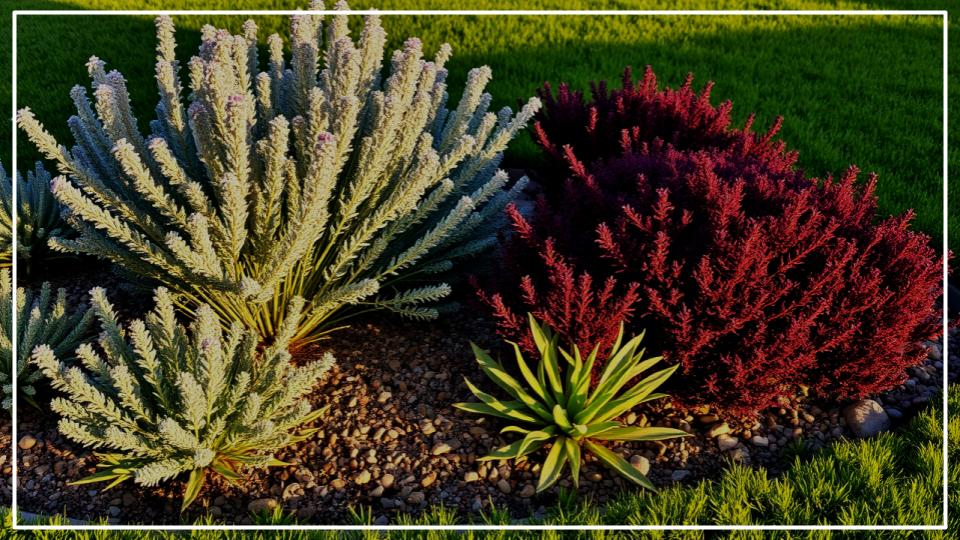
Key Takeaways for a Thriving, Water-Wise Garden
Here’s what you need to know to succeed with low-water plants:
- Establishment is Everything: Drought tolerance is not immediate. Plan to water your new shrubs regularly for their first full year to help them develop a deep, resilient root system.
- The Magic of Mulch: A two- to three-inch layer of organic mulch (like shredded bark or compost) is non-negotiable. It conserves soil moisture, suppresses weeds, and keeps roots cool.
- Right Plant, Right Place: Match each shrub to its preferred conditions, especially sunlight. Most of these selections are shrubs for full sun, which helps them thrive and ward off diseases.
- Tolerant, Not Immortal: In periods of extreme, prolonged drought, even the toughest shrubs will appreciate an occasional deep watering.
The Smart and Sustainable Appeal of Water-Wise Gardening
Choosing plants that are naturally adapted to drier conditions is about more than just saving yourself a chore; it’s a cornerstone of modern, sustainable garden design. This practice, often called water-wise gardening or xeriscaping, creates a landscape that is in harmony with its environment. It reduces your reliance on treated municipal water, lessens runoff, and often requires fewer chemical interventions because the plants are inherently less stressed.
In my own garden designs, the shift toward low-maintenance landscaping is the most frequent request I receive. Homeowners are seeking beauty that doesn’t demand constant intervention. By selecting robust shrubs, you’re creating a garden that is not only beautiful but also resilient in the face of unpredictable weather patterns and summer heatwaves. It’s a choice that pays dividends in beauty, sustainability, and peace of mind.
Our Top 12 Drought-Tolerant Shrubs for a Resilient Garden
Here are twelve of the most reliable and beautiful shrubs that will form the backbone of your low-water landscape. Each one has been selected for its toughness, multi-season interest, and stunning appearance.
1. Japanese Barberry (Berberis thunbergii)
With its rich burgundy, gold, or chartreuse foliage, Barberry is a designer’s favorite for providing structure and season-long color. Its dense, thorny branches make it exceptionally deer-resistant, and small, jewel-like red berries extend its beauty into the fall and winter.
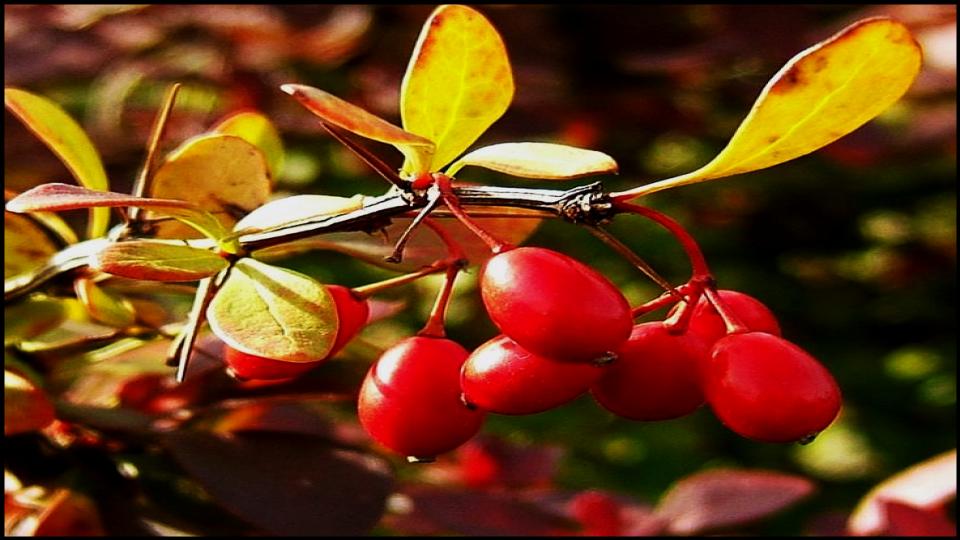
- Why We Love It: Unmatched for vibrant foliage color, incredibly tough, and a perfect low-maintenance hedge or accent plant.
- Growing Guide: USDA Zones 4-8; prefers full sun to part shade; grows 3-6 feet tall and wide depending on the cultivar.
- My Go-To Variety: I often use ‘Concorde’, a compact dwarf variety with a perfect round shape and deep purple-red leaves that require almost no pruning.
2. Russian Sage (Perovskia atriplicifolia)
Russian Sage is the epitome of airy elegance. Its silvery, fragrant foliage provides a beautiful, soft texture, and from mid-summer to fall, it’s topped with hazy spires of lavender-blue flowers that are a magnet for bees and butterflies.
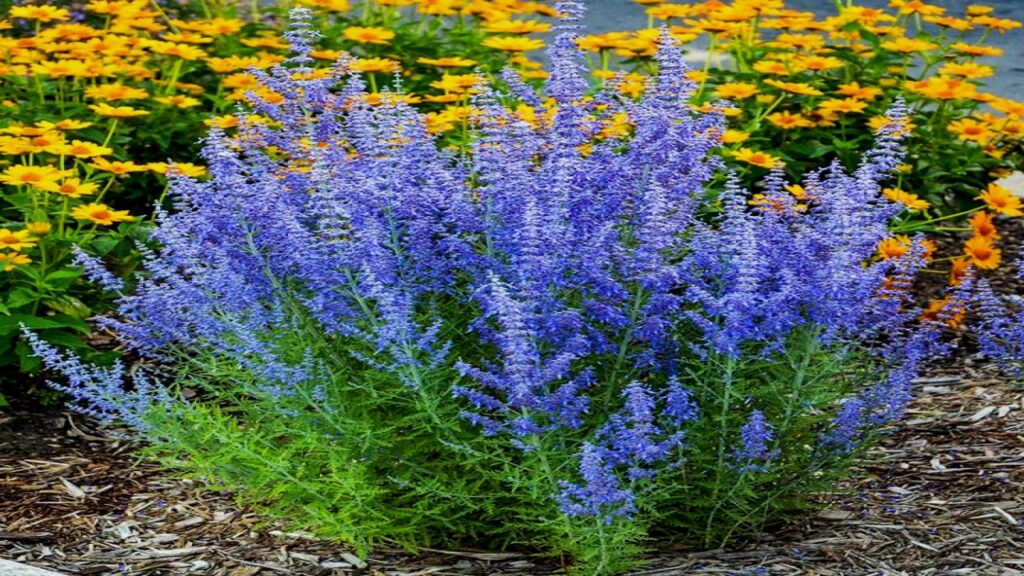
- Why We Love It: Thrives in heat and sun, offers a long bloom time, and its delicate, silvery presence cools down a hot summer landscape.
- Growing Guide: USDA Zones 4-9; demands full sun; reaches 3-4 feet in height and width.
- Expert Tip: Don’t be afraid to cut it back hard in early spring to about 6 inches from the ground. This encourages strong, new growth and prevents it from becoming leggy.
3. Juniper (Juniperus spp.)
Perhaps the toughest plant on our list, Juniper is an evergreen workhorse that comes in a vast array of shapes and sizes, from low-growing groundcovers to upright conical trees. Its foliage can be deep green, blue-gray, or even gold, providing critical winter structure to the garden.

- Why We Love It: Virtually indestructible once established, deer resistant, and offers four-season interest. An absolute must for low-maintenance landscaping.
- Growing Guide: USDA Zones 3-9; requires full sun; size varies dramatically by species and cultivar.
- A Common Mistake I See: People often plant junipers too close to the house, underestimating their mature size. Always check the plant tag for its final spread.
4. Spirea (Spiraea spp.)
Spirea is a delightful and undemanding shrub, celebrated for its fountain-like clusters of white or pink flowers in late spring or summer. Many newer varieties also boast colorful foliage that emerges in shades of orange and red before settling into green or yellow.
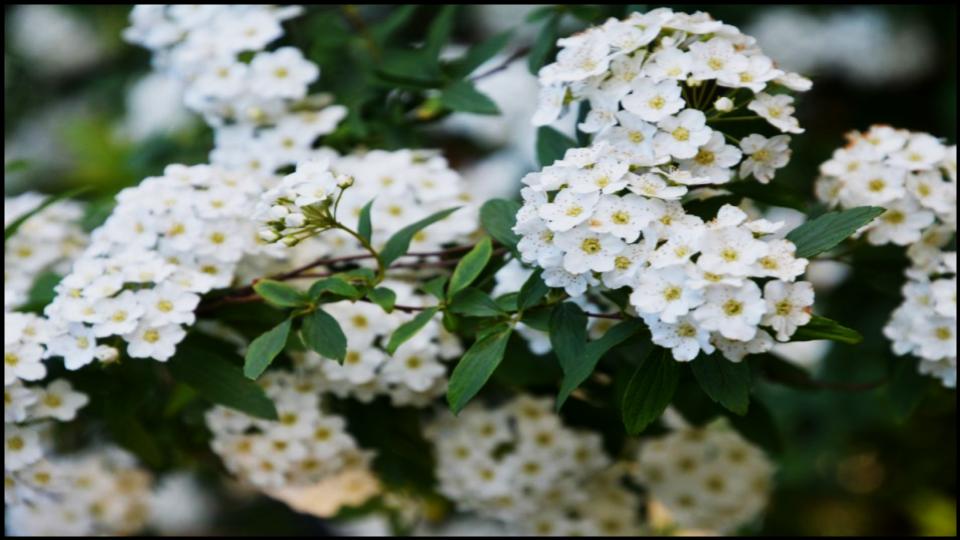
- Why We Love It: Abundant flowers, interesting foliage, and an easy-going nature. It handles heat and cold with grace.
- Growing Guide: USDA Zones 3-8; full sun; typically grows 2-4 feet tall and wide.
- Expert Tip: Deadheading the spent flowers on reblooming varieties like ‘Double Play Candy Corn’ can encourage a second, smaller flush of blooms later in the season.
5. Smokebush (Cotinus coggygria)
For sheer drama, little can rival a Smokebush. This large shrub or small tree features gorgeous, rounded leaves in shades of deep purple, gold, or green. In early summer, it produces large, fluffy flower plumes that look like puffs of pink or beige smoke, creating an unforgettable spectacle.
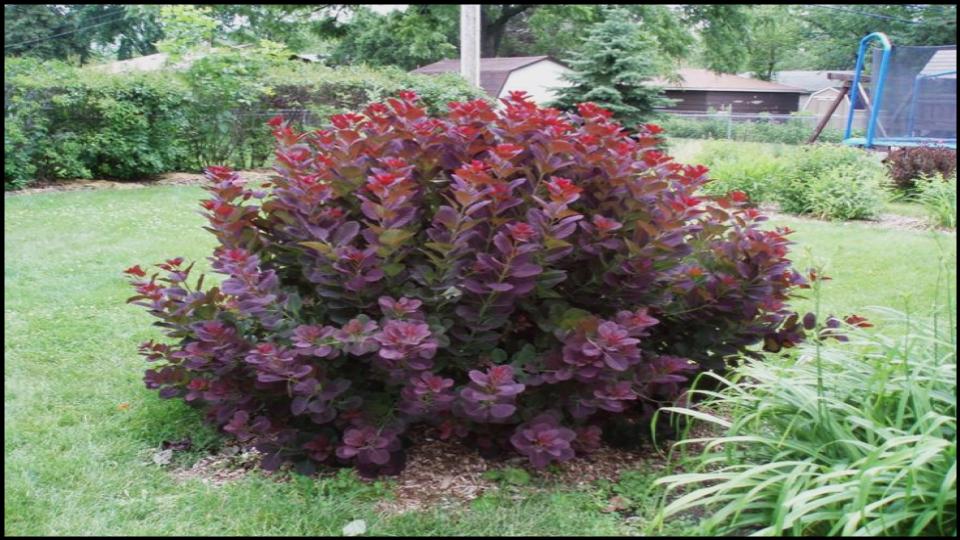
- Why We Love It: Breathtaking foliage and flower effects, impressive architectural form, and fantastic fall color.
- Growing Guide: USDA Zones 5-8; full sun for best color; can reach 10-15 feet tall but can be kept smaller with pruning.
- My Design Secret: I love to place Smokebush where the late afternoon sun can backlight it. This makes the “smoke” plumes and translucent leaves absolutely glow.
6. Ninebark (Physocarpus opulifolius)
Ninebark is a native North American shrub that has become a garden star thanks to cultivars with stunning foliage in shades of deep burgundy, near-black, and bright lime-gold. It offers clusters of pinkish-white flowers in early summer and interesting, peeling bark for winter appeal.
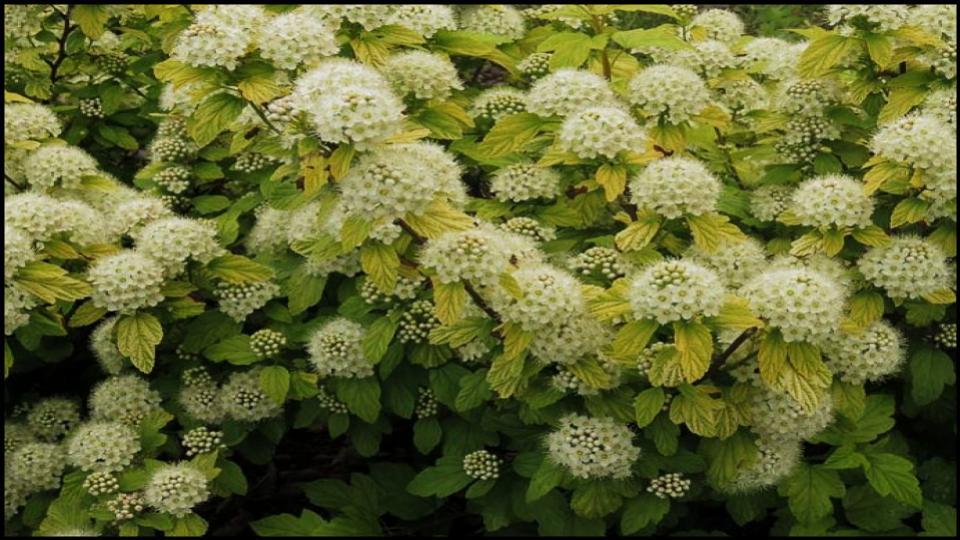
- Why We Love It: A true four-season shrub, it’s tough, adaptable to various soils, and provides magnificent color.
- Growing Guide: USDA Zones 2-7; full sun; size ranges from 3-10 feet depending on the variety.
- Expert Tip: For the richest leaf color, especially with the popular dark-leaf varieties like ‘Summer Wine’ or ‘Diabolo’, give it as much sun as you possibly can.
7. Dwarf Crape Myrtle (Lagerstroemia indica)
Known as the “lilac of the South,” Crape Myrtles provide a knockout floral display all summer long. While many are tree-sized, a wonderful selection of dwarf and semi-dwarf varieties fit perfectly in the shrub border, offering the same gorgeous flowers in shades of pink, red, lavender, and white.
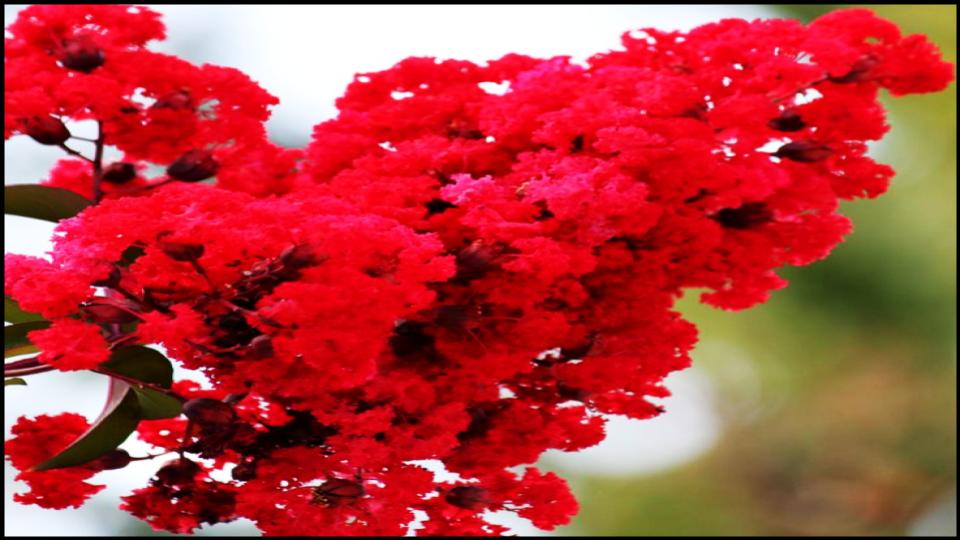
- Why We Love It: An exceptionally long bloom season during the hottest part of the year, attractive peeling bark, and a love for sun.
- Growing Guide: USDA Zones 6-10; must have full sun; dwarf varieties stay within a 3-5 foot range.
- Expert Tip: Choose varieties that are specifically rated for disease resistance, as powdery mildew can be an issue in more humid climates. The U.S. National Arboretum has released many excellent, resilient cultivars.
8. Staghorn Sumac (Rhus typhina)
For a bold, architectural statement, look no further than Staghorn Sumac. Its long, tropical-looking leaves turn into a fiery display of red, orange, and yellow in the fall. Fuzzy, conical clusters of red berries persist through winter, providing food for birds.
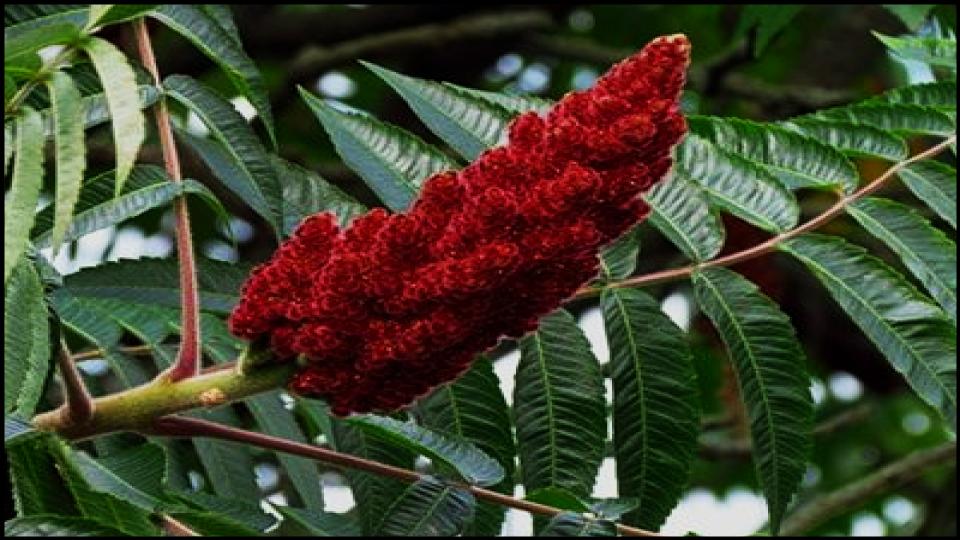
- Why We Love It: Unbeatable fall color, dramatic structure, and an ability to thrive in poor, dry soil where little else will grow.
- Growing Guide: USDA Zones 4-8; full sun; grows 10-15 feet tall and can spread to form colonies (give it space or choose a cultivar like ‘Tiger Eyes’ for a more contained form).
- A Note on Vigor: I recommend this plant for larger spaces or areas you want to naturalize. Its tendency to sucker can be a challenge in a small, formal bed, but it’s a magnificent and carefree plant when properly sited.
9. Bayberry (Myrica pensylvanica)
This tough-as-nails native shrub is a star of coastal regions for a reason. Its leathery, semi-evergreen leaves release a delightful spicy scent when crushed. Female plants produce clusters of waxy gray berries that are a vital winter food source for birds and were historically used to make candles.
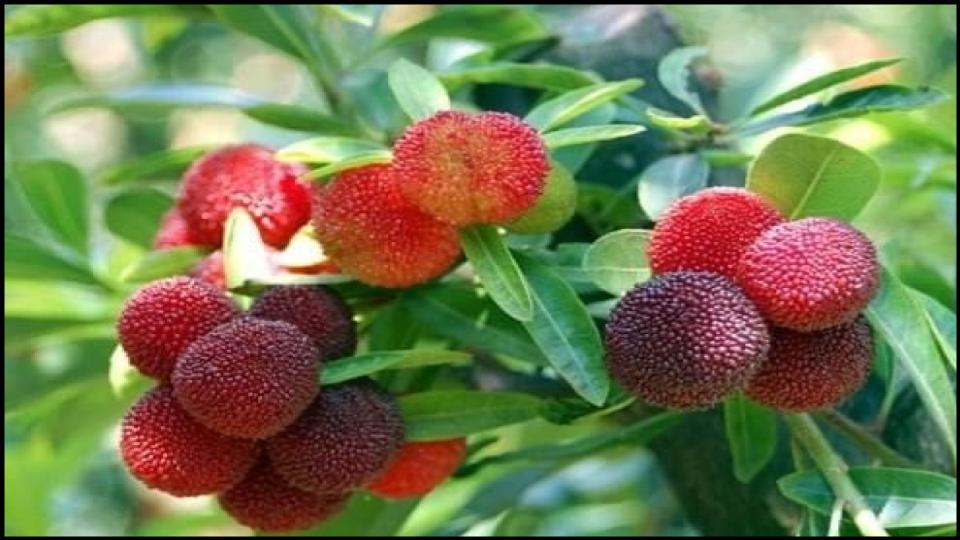
- Why We Love It: Thrives in poor, sandy soil, is salt tolerant, and provides fragrant foliage and winter interest.
- Growing Guide: USDA Zones 3-7; full sun to part shade; grows 5-10 feet tall and wide.
- Expert Tip: Plant both male and female plants if you want the iconic waxy berries. One male plant can pollinate several females in the vicinity.
10. Potentilla (Potentilla fruticosa)
Also known as Shrubby Cinquefoil, Potentilla is one of the longest-blooming shrubs available, often flowering from late spring until the first frost. The cheerful, buttercup-like flowers come in shades of yellow, white, pink, and orange, covering the fine-textured, ferny foliage.
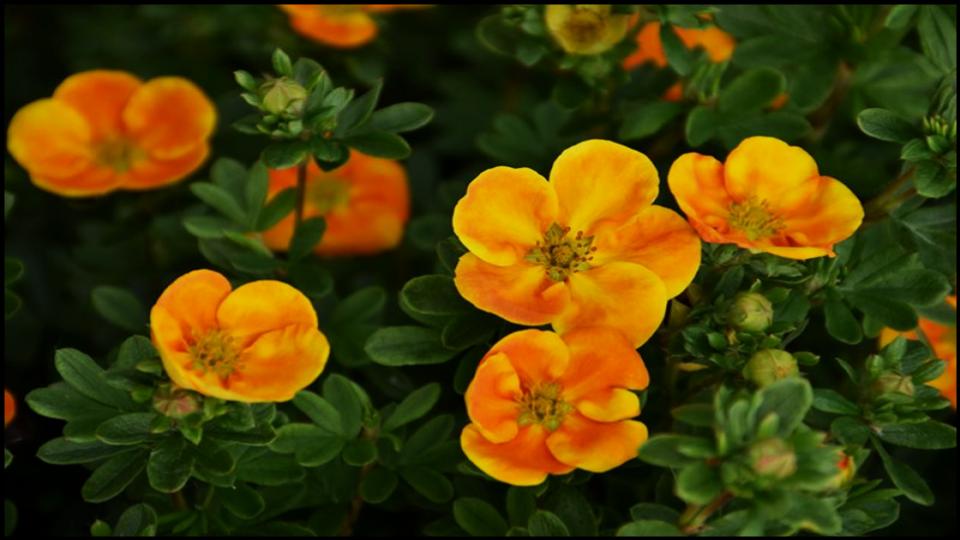
- Why We Love It: An incredibly long bloom time, excellent cold hardiness, and a fuss-free nature make it a reliable choice for sunny borders.
- Growing Guide: USDA Zones 2-7; requires full sun; typically grows into a neat mound 2-3 feet tall and wide.
- A Common Mistake I See: Gardeners sometimes overwater Potentilla, which can lead to root rot. It truly performs best in well-drained soil and is one of the best shrubs for full sun and dry conditions.
11. Beautyberry (Callicarpa americana)
While unassuming for much of the spring and summer with simple green leaves and small pinkish flowers, American Beautyberry puts on an unforgettable show in the fall. Its branches become laden with dense clusters of shockingly vibrant, iridescent purple berries that persist long after the leaves have dropped.
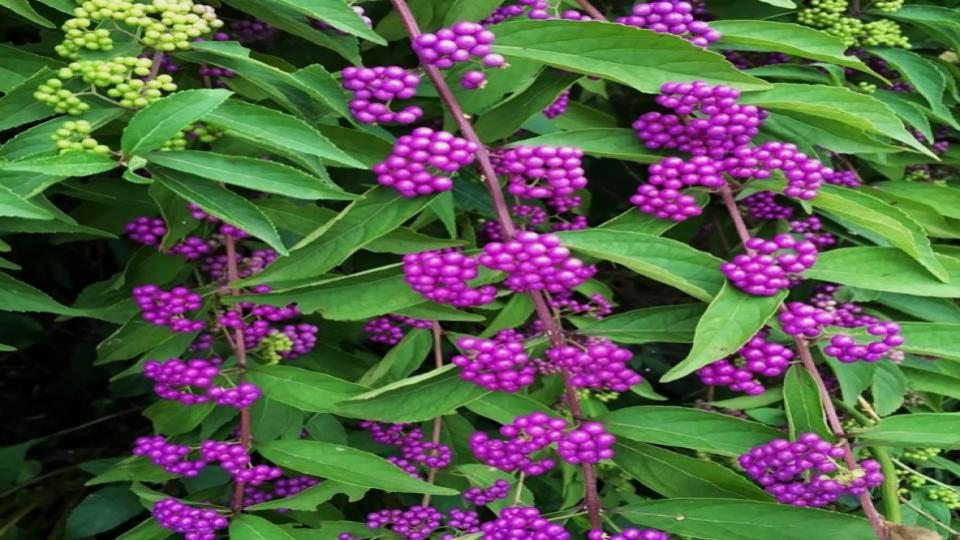
- Why We Love It: The most stunning berry display in the plant kingdom. It’s a showstopper when everything else in the garden is fading.
- Growing Guide: USDA Zones 6-10; full sun to part shade; grows 4-8 feet tall with an arching habit.
- My Design Secret: Plant Beautyberry in groups of three or five for the most dramatic fall display. The mass of purple berries is simply breathtaking.
12. Forsythia (Forsythia x intermedia)
A classic for a reason, Forsythia is the definitive sign that spring has arrived. Before its leaves even appear, its arching branches are completely smothered in brilliant, golden-yellow blossoms. It’s incredibly vigorous, reliable, and asks for almost nothing in return.
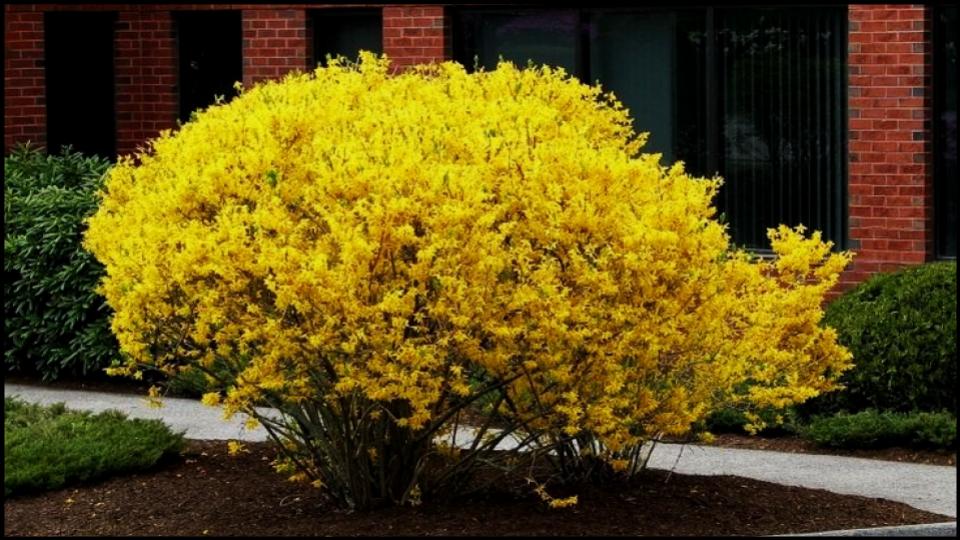
- Why We Love It: An explosive and reliable spring flower show that banishes the winter blues. It is one of the toughest, most adaptable shrubs you can plant.
- Growing Guide: USDA Zones 5-8; full sun for best flowering; can grow 8-10 feet tall but can be pruned to size.
- Expert Tip: The time to prune forsythia is immediately after it finishes flowering in the spring. If you prune it in the fall or winter, you’ll be cutting off all the flower buds for the following year.
Embrace the Beauty of a Resilient Garden
Creating a garden that is both beautiful and low-maintenance is not a fantasy; it is a matter of smart choices. By building your landscape around a core of these tough, drought-tolerant shrubs, you free yourself from the daily chore of watering and create a sustainable oasis that can handle whatever summer throws its way. You can design stunning combinations of texture and color, provide food and shelter for wildlife, and cultivate a garden that thrives on its own terms. Now you’re ready to embrace the effortless elegance of low-maintenance landscaping and spend more time simply enjoying the view.
Read More
How to Keep Your Geraniums Blooming Nonstop Through the Hottest Months
